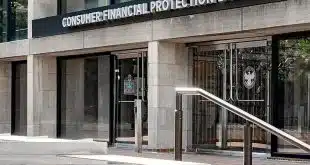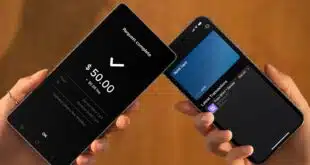By John Stewart
@DTPaymentNews
Not all private-label charge and prepaid card programs are equally successful, and so neither will be the proprietary mobile wallets recently launched by merchants. Factors that are likely to lead to a successful app include the strength of the retailer’s brand, its commitment to either convenience or rewards, and frequency of customer visits, according to Ryan Douglas, an analyst who follows store cards at First Annapolis, an Annapolis, Md.-based consultancy.
A string of major chains have launched their own mobile-payments apps over the past several years, including, most recently, Wal-Mart Stores Inc., Kohl’s Corp., and CVS Health Corp. Target Corp. is reportedly planning to launch its own app later this year. These chains are following in the footsteps of a trio of food-industry players that have created highly popular wallets, including Starbucks Corp., Dunkin’ Brands Group Inc., and the Subway sandwich chain.
A retailer’s strength of brand can be reflected in how big a share of sales the retailer’s private-label card commands, Douglas tells Digital Transactions News. Here, the top three merchants are Signet Jewelers (63%), Kohl’s (59%), and Bon-Ton (57%), all of which have card programs that claim more than half their sales, according to numbers compiled by First Annapolis for 2016 or the most recent reporting period.
Shares like that bode well for a mobile app incorporating the store card, Douglas says. “A large charge card program with a high penetration would give somebody a leg up,” he says.
But high penetration rates alone may not be enough. Wal-Mart’s card, for example, commands what Douglas estimates to be a relatively low share of sales, probably under 10%. But the retailing giant’s brand is indisputably strong. Instead, it’s banking on convenience, particularly features like checkout speed, to appeal to harried customers, who may overlook the app’s lack of rewards.
With the Walmart app, for example, users can scan a code at checkout that allows them to walk away with their purchases as soon as they’re bagged, with payment completed in the background. “You can pair the app with the cash register before you check out, which is pretty cool,” Douglas says.
In a similar fashion, the Starbucks and Dunkin’ apps offer convenience features like order-ahead, which lets customers place and pay or an order anywhere, then walk in later, pick up the order, and walk out. This feature at Starbucks, called Mobile Order & Pay, may be a victim of its own success. It’s so popular that it has created congestion in some of its stores, causing some customers to walk out.
But chains like Starbucks may also benefit from how often their customers visit the stores. For many, this is a daily ritual. Such frequency, Douglas says, can be vital to the success of a proprietary app. Indeed, a combination of customer frequency and rewards programs, he says, make for a potent combination when consumers are looking to keep from cluttering their phones with apps they seldom use.
“I’m a believer that that’s what makes Starbucks and other [quick-service restaurant] apps have more traction,” he says. At stores where customers may shop perhaps six times a year, he says, “it’s hard for customers to rationalize another app on the phone.”
That lesser frequency, he says, means the strength of the brand and the rewards program become even more important to the ultimate success of the app.





